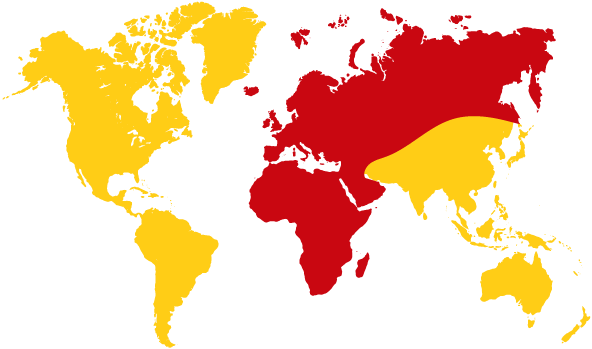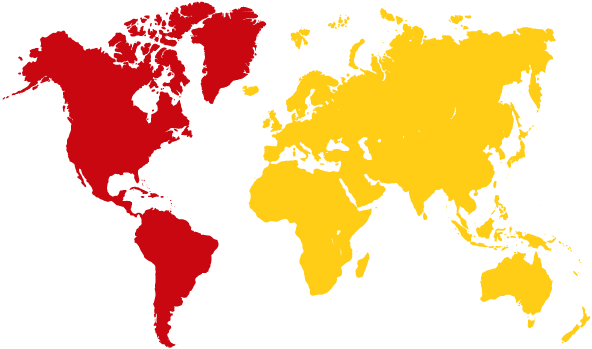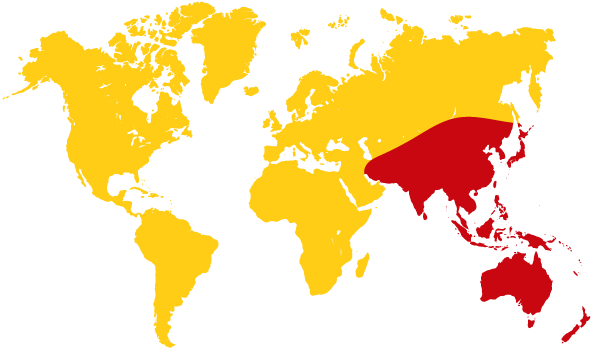From normally sunny Florida comes news that on Monday, January 27 at 1700 hours, during rare winter storms, the Escambia County Emergency Management called out the Amateur Radio Emergency Service (ARES).
It had 46 radio amateurs active during this weather event that saw freezing hazardous icy conditions close land transport on local roads, interstate routes and many bridges.
ARES members were at the Emergency Operations Centre, and two public shelters (one winter weather shelter, and one train derailment shelter) were opened during the storm.
The ARES E‑Letter reports that radio amateurs helped motorists and truck drivers with timely road and bridge condition reports and directions, on both a two-metre repeater and CB radio.
Truck drivers were navigated using CB radio on to route that remained passable to them during the drama.
ARES used HF voice via the Northern Florida ARES Net and Northern Florida Phone Net, and set up a tactical net on a VHF repeater.
ARES members also used digital modes including APRS. Digital text via Winlink and D‑STAR were tested.
ARES operators sent eight situation reports (SITREPs) and ARES leadership responded with updates back to the rank-and-file operators.
Weather conditions started to improve by Wednesday afternoon, and there were major road condition improvements by Thursday morning, with the interstate routes reopened around 1600 that day. ARES remained activated until January 30.
A number of lessons were learned during the ARES call-out that will enable an even better preparation for any future event.
— Jim Linton VK3PC, Chairman IARU Region 3 Disaster Communications Committee.



